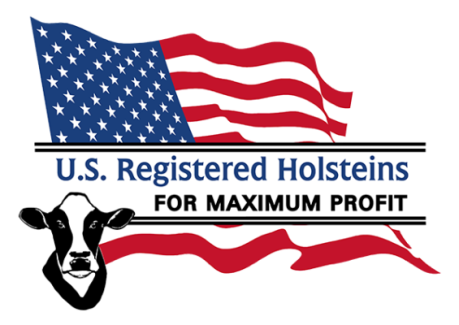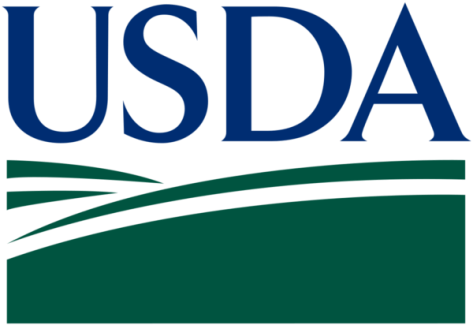Milk and dairy product prices have recently rallied dramatically, with markets routinely setting record highs in early 2014. Dairy prices had seemingly peaked in late January, but surged to fresh highs in mid- March. Moreover, recent quotes for April Class III futures, which normally reflect anticipated seasonal weakness, imply a surge to fresh highs around $23.90/cwt next month. The price strength undoubtedly reflects a combination of factors, but seems rather obvious that vigorous demand, particularly from export customers, is powering the advance.
The USDA’s March Milk Production report was quite similar to the February release. It indicated that U.S. herd reductions seen in late 2013 have continued in early 2014. The February U.S. dairy cow population was reported at 9.211 million head, which fell 12,000 below the comparable year-ago figure. Nevertheless, the milk production total topped February 2013 by 1.1%, reflecting a substantial improvement in milk production per cow. That may reflect industry use of higher quality feed after having worked through lesser feedstuffs in late 2013, since frigid winter weather was not at all conducive to increased productivity. The increased efficiency seems truly remarkable.
As pointed out previously, late-2013 herd reductions probably reflected annual declines in milk prices as well as poor quality feed and/or environmental conditions. The huge 2013 drop in feed expenses and the concurrent decline in herd sizes rather starkly indicate that input costs are of secondary importance. Major discounts built into deferred CME milk and product futures probably discouraged producers from expanding late last year and early this year. The winter price rally to record highs suggests dairymen will boost production this year.
Deferred dairy futures still show substantial price declines during the weeks and months ahead, but the forecast levels are drastically higher than they were last fall. For example, June CME Class III milk futures settled at $20.32/cwt on March 26, which topped its November 1 close by about $3.50. Even if producers expand, prices could remain very strong until the market sees actual evidence of that growth.
Dairy demand is exceeding expectations. Recent indications suggest domestic demand has remained quite firm, but export buying still seems to be the real force behind the active offtake. For example, U.S. cheese exports climbed to 70.8 million pounds in January, setting a fresh all-time high despite soaring prices. January butter exports posted a 138% annual rise. The real question facing the industry is how well those exports will hold up in this pricing environment, especially with milk and products trading at record levels.
For now the outlook for milk producers is quite good. Feed costs are low – but they have been rising – and milk prices are near record high levels. With very strong demand for dairy products, producers should continue to see good profits unless some real crop production problems develop driving up feed costs. At least so far there is little evidence that the serious drought in the western U.S. is causing a significantly liquidation of milk cows.
Source: Doane Advisory Services




